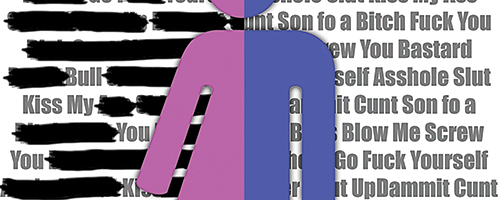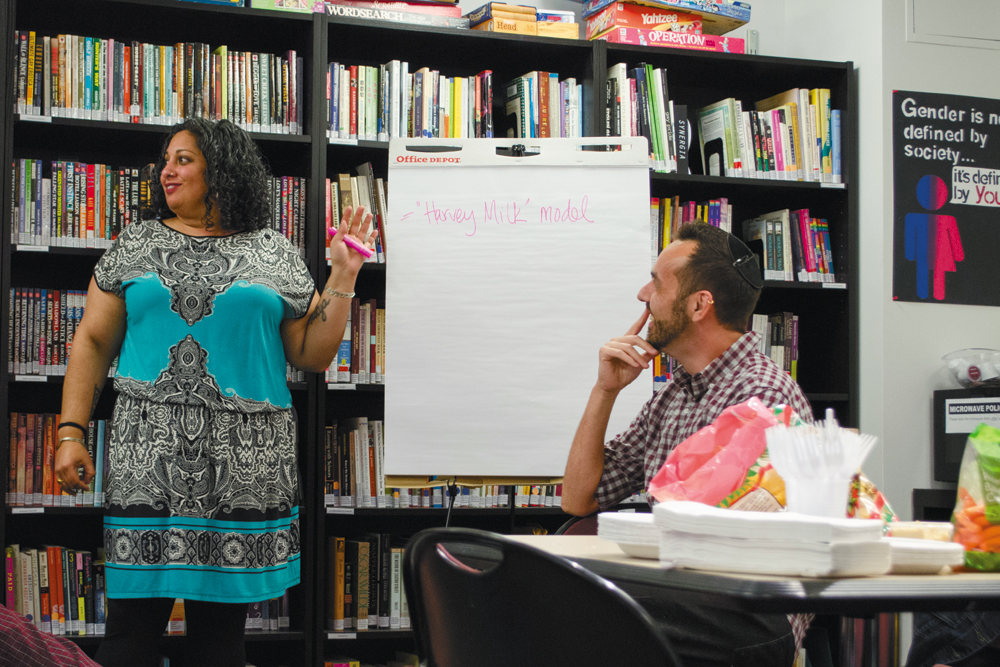Who knew that debilitating mental illness was part of the recipe for hilarious primetime cable comedy? Apparently Steven Spielberg, the super-director/producer most recently seen destroying the Indiana Jones franchise.
These United States
Who knew that debilitating mental illness was part of the recipe for hilarious primetime cable comedy? Apparently Steven Spielberg, the super-director/producer most recently seen destroying the Indiana Jones franchise.
But of the approximately 27,000 projects produced a year by Spielberg, at least one has got to be good. United States of Tara is one in that category. And that’s probably only because Spielberg’s involvement was limited to producer.
Diablo Cody, the blogger turned stripper turned screenwriter who wrote 2007’s Juno, developed the story (from an idea of Spielberg’s) and is certainly the brains behind Tara.
The series airs on Showtime as a half-hour comedy/drama exploring the life of Tara Gregson (played by Toni Collette) a woman who is, to paraphrase Ricky Martin, living la vida fucked-up.
See, Tara has Dissociative Identity Disorder (DID) commonly referred to as multiple personality disorder, and occasionally referred to, by the totally misinformed, as schizophrenia.
Tara, as it implies in the pilot, has recently decided to go off her meds as she found the emotional numbness associated with their use most displeasing. This means that Tara’s “alters” (an actual medical phrase) tend to show up when Tara is put under a certain measure of stress.
There are three distinct alters who manifest themselves through Tara. We meet the first, T, a few minutes into the pilot. T is a lascivious, pot-smoking teenager who raids Tara’s daughter’s closet, steals Tara’s credit cards to buy clothes and helps Kate (the aforementioned daughter) get birth control.
Next we meet Buck. Buck is a caricature drawn from trailer parks and truck stops. He is the only of Tara’s personalities who is male and the only one who, as Kate points out, is left-handed.
Buck wears a trucker’s hat, work boots and a plaid shirt with the sleeves cut off. He smokes, drinks and frequently refers to Marshall (Tara’s son) as a fag.
Finally there is Alice, Tara’s ’50s-housewife personality who would be right at home in Stepford. Alice seems to hold primarily to “traditional” values, reprimanding Kate for engaging in sexual intercourse and going so far as to slap a handful of liquid soap into the teenager’s mouth for talking back.
But there is a sinister element to Alice, particularly when she informs Marshall that, “if things go the way I’m hoping, I’ll be here all the time.”
Collette, an Oscar-nominated Australian actress, most notable for her role as Sheryl Hoover in Little Miss Sunshine, is exceptional in the roles of Tara, T, Buck and Alice, for all intents and purposes, four entirely different characters.
Colette’s ability to transform her speech, mannerisms and behavior as an individual living four divergent lives is a testament to the actress’ versatility and will likely garner her an Emmy nomination.
That’s not to say that Collette is the only performer worthy of praise. The rest of the cast works well with Tara’s disorder, each primary character having formed a relationship with each of the four personalities.
British-Canadian actor Keir Gilchrist is quite talented in his portrayal of openly gay Marshall Gregson, a straight-laced, accommodating teenager who takes the ups and downs of his mother’s illness in stride, attempting to hide his own issues.
This is in stark contrast to Kate (played by Brie Larson) Marshall’s older, significantly more hormonal sister, who is consistently embarrassed by Tara and Tara’s alters, and has a variety of hardships, many of which are familiar to teenage girls.
John Corbett plays Max, Tara’s infinitely patient husband and good natured, if not occasionally flawed, father to her children. Rosemarie Dewitt depicts Charmaine, Tara’s sister, who believes that Tara’s disorder is a fabrication on the part of Tara for attention.
Rounding out the cast is a collection of familiar comedic faces making appearances in the second episode (if not beyond) like Tony Hale as Marshall’s English teacher, Patton Oswalt as Max’s lazy business associate and Nathan Cordry (younger brother of Rob) as a manager at a restaurant where Kate applies.
United States of Tara is a unique blend of drama and comedy, and it would seem appropriate that a show about a woman with multiple personalities would be a show with multiple genres. But the humor in the show is often underscored by a far more tragic tone.
Seeing Tara realizing she is high, shortly after switching back from T who has just smoked a fatty is funny, but there is an element of sadness in the way the family looks at her when they realize they are no longer looking at her.
Therefore, I would not really characterize the show as a comedy despite its comedic underpinnings. Interestingly, the show’s tone is not dissimilar to that of HBO’s Six Feet Under, and for good reason, former Under writer Jill Soloway served as a writer and consulting producer on Tara.
Ultimately, I would be curious to see how accurate a depiction of Dissociative Identity Disorder United States of Tara serves. To someone with virtually no knowledge of the condition such as myself, it may seem truthful, but let us not forget, this is entertainment.
If you’re at all curious about United States of Tara, check it out. It’s certainly not a laugh-out-loud comedy, but there is dark humor in the lascivious, uncouth and calculating character of Tara’s three alters. For the majority of us without Showtime, the channel’s website is currently offering the pilot streaming for free.
After that, it’s up to you.




